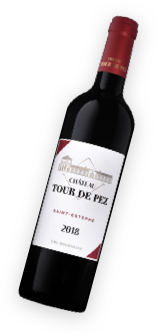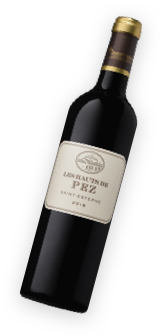Our history
After two centuries of peaceful existence and discreet recognition, rooted in its hamlet and its terroir, Château Tour de Pez is progressively assuming the mantle of a great wine of the future…
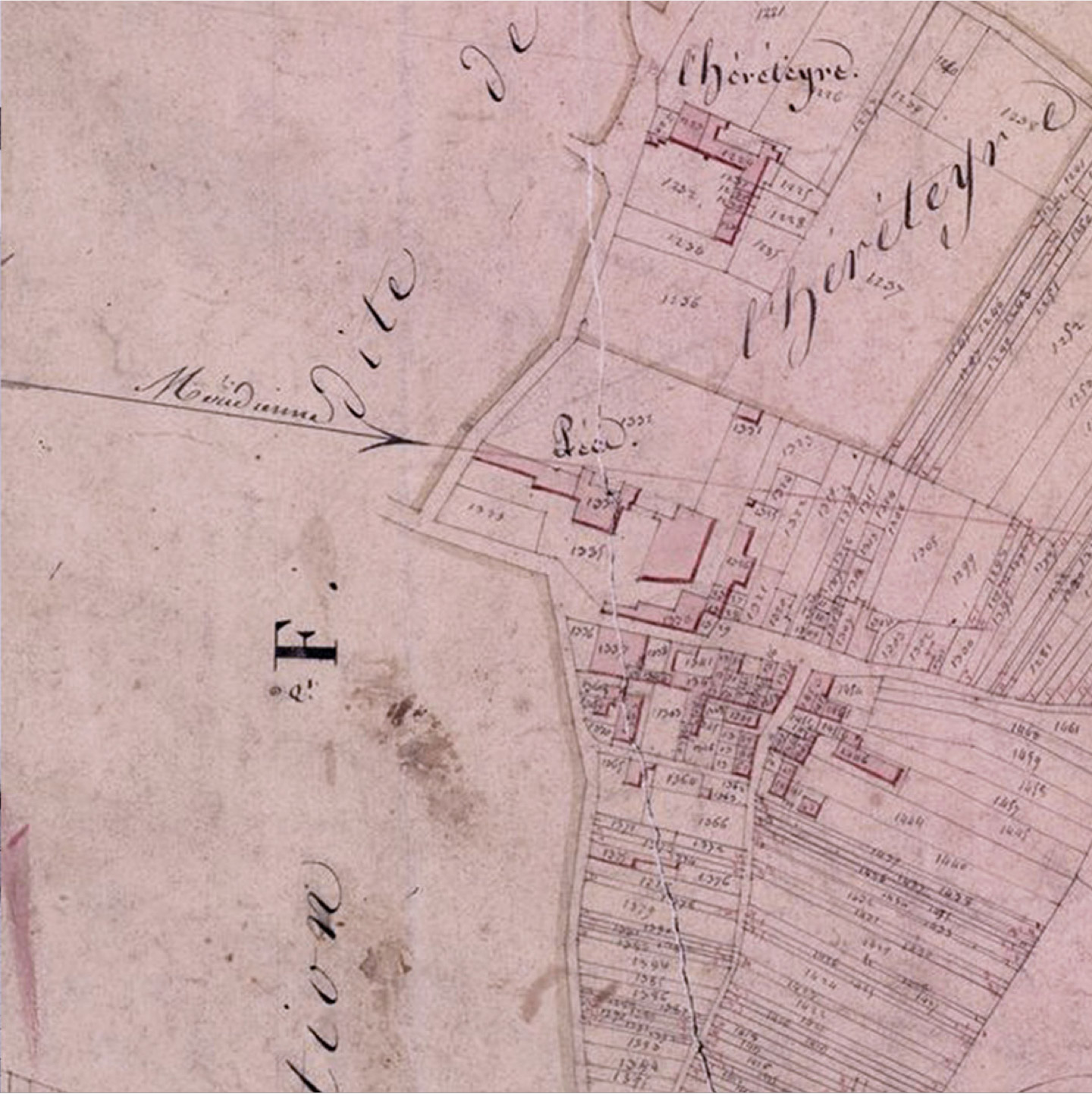
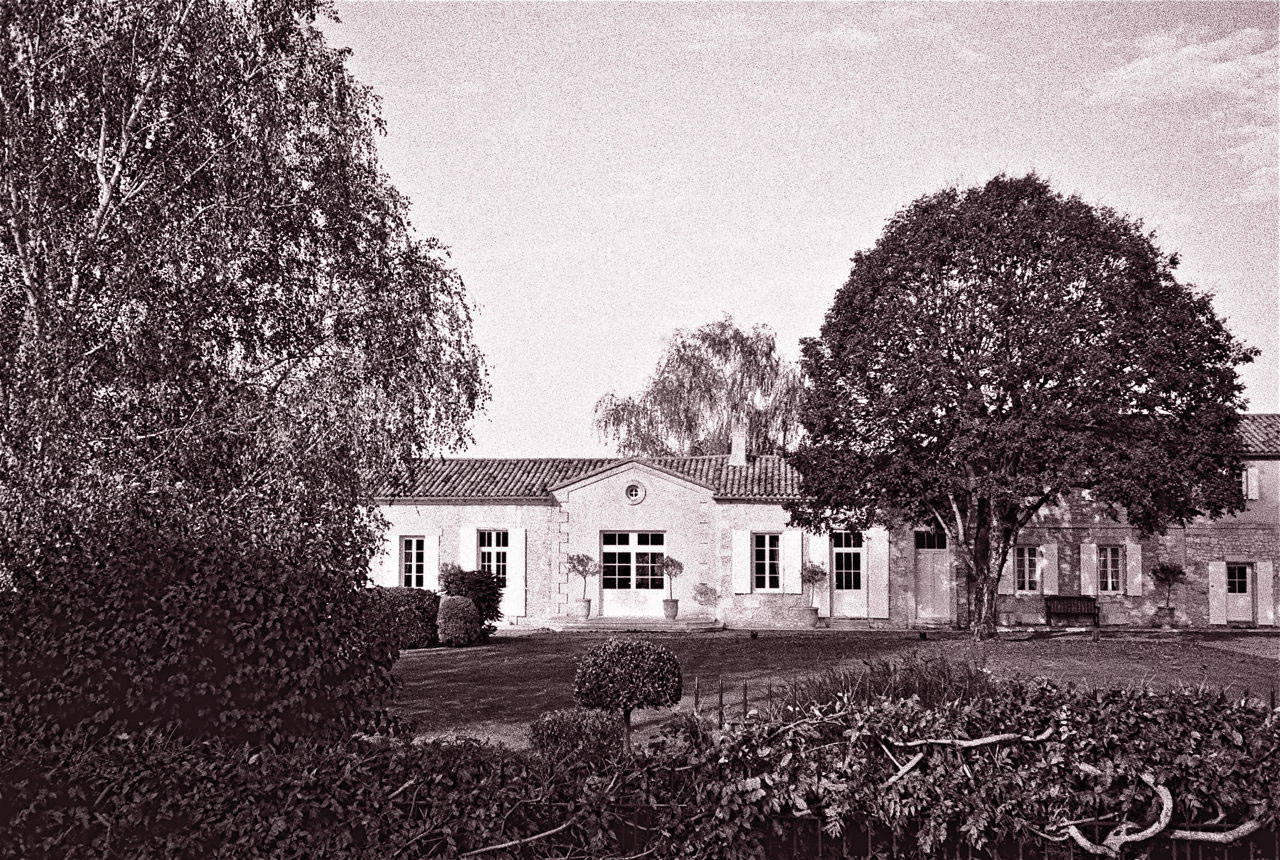
A Cru bourgeois since 1838
The history of Château Tour de Pez must be traced through the meanders of time and the convoluted history of the Saint Estèphe vineyards, marked by inheritances, marriages, divisions, and reunifications. These account for the incredible mosaic of parcels that make up the appellation, and in Saint Estèphe today it is not unusual for vines within the same vineyard to be owned by several different people, sometimes only two or three rows!
And although the hamlet of Pez gained notoriety with the development of the Grand Crus, it existed well before this golden age. The tower which gave its name to the Château was erected in the 13th century, and the origins of the property itself go back to the 17th century when the land belonged to the Abbey of Verteuil, and the hamlet was known as Pés. An Act of 1772 mentions the building under the name “the Maison de Lhériteyre” (house of the heir) next to the Maison de Pez, now Ormes de Pez.
Might an heir to one of the neighbouring properties, Château de Pez (then Château de Lassale), or Ormes de Pez, have inherited a part of the vineyard and founded their own estate?
History does not tell us, but from 1838 it was recorded as a Cru under the name “A Lhereteyre” and subsequently “Lhereteyre” or “Cru Lhereteyre”. One thing is certain, it was already recognized and classified as a Cru Bourgeois, and has remained so ever since.
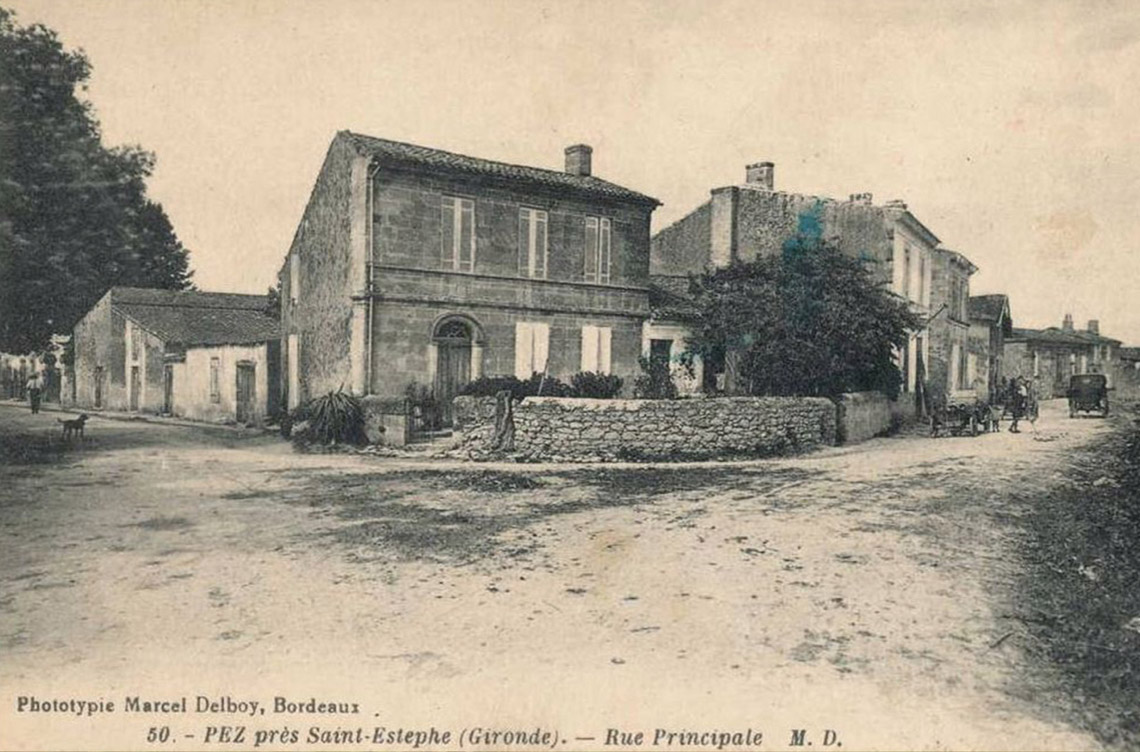
‘‘ And although the hamlet of Pez gained notoriety with the development of the Grand Crus, it existed well before this golden age. The tower which gave its name to the Château was erected in the 13th century. ’’
The 20th century and beyond: the turning point
In 1931 the Soulard family changed the name of the estate to Château Tour de Pez. But it is no use looking for the 13th century tower to which it owes its name, as the family had it demolished when they renovated the property two years later…
This family-run Château, well integrated into the traditional Saint Estèphe establishment and the cooperative movement, began to make a name for itself following its acquisition by the Bouchara family in 1989.
Equipped with modern installations and its own bottling line, it developed a reputation as a quality independent Cru, attracting the attention of a prestigious neighbour, Château Lilian Ladouys, into whose hands it passed and remained for several years until Vignobles de Larose, recognizing its potential, acquired it in 2019.
This was to be the fourth jewel in their crown, and the only one in a communal appellation. Now at a turning point in its history, Château Tour de Pez became a Responsible Vineyard, set its sights on the future, and embraced nature. A true revelation!
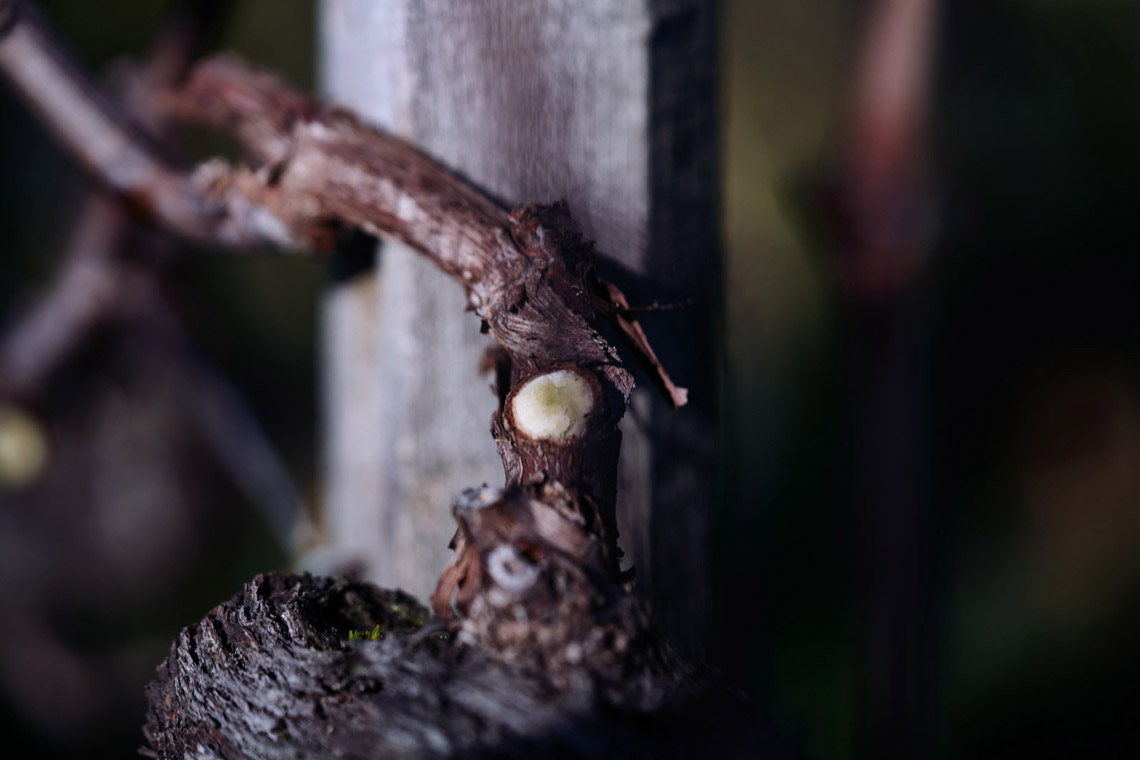
‘‘ Now at a turning point in its history, Château Tour de Pez became a Responsible Vineyard, set its sights on the future, and embraced nature. A true revelation! ’’
Saint Estèphe, the future of the Médoc?
The Vignobles de Larose Group, who pioneered the adoption of responsible and ecological methods in the Médoc, has long reflected upon the impact of global warming on its vineyards. As turbulent spring weather and summer droughts become increasingly common, it has become apparent that limestone clay terroirs fare better in these conditions.
The Saint Estèphe appellation, which benefits from a variety of soils, is destined to develop, and will no doubt play a major role in the future of the Médoc Crus. Which is why much care and attention is being lavished on Château Tour de Pez in a long-term perspective of respect for nature, sustainability, and adaptation.
In the first phase of its transformation, with the benefit of its history and its reputation, but no longer in the shadow of its neighbours, the Château has revised its vineyard management practices, adopted organic practices, obtained the Terra Vitis label, and installed a brand new state-of-the-art cellar.
By embracing nature, Château Tour de Pez is free to be itself at last, and it is only at the beginning of its journey…
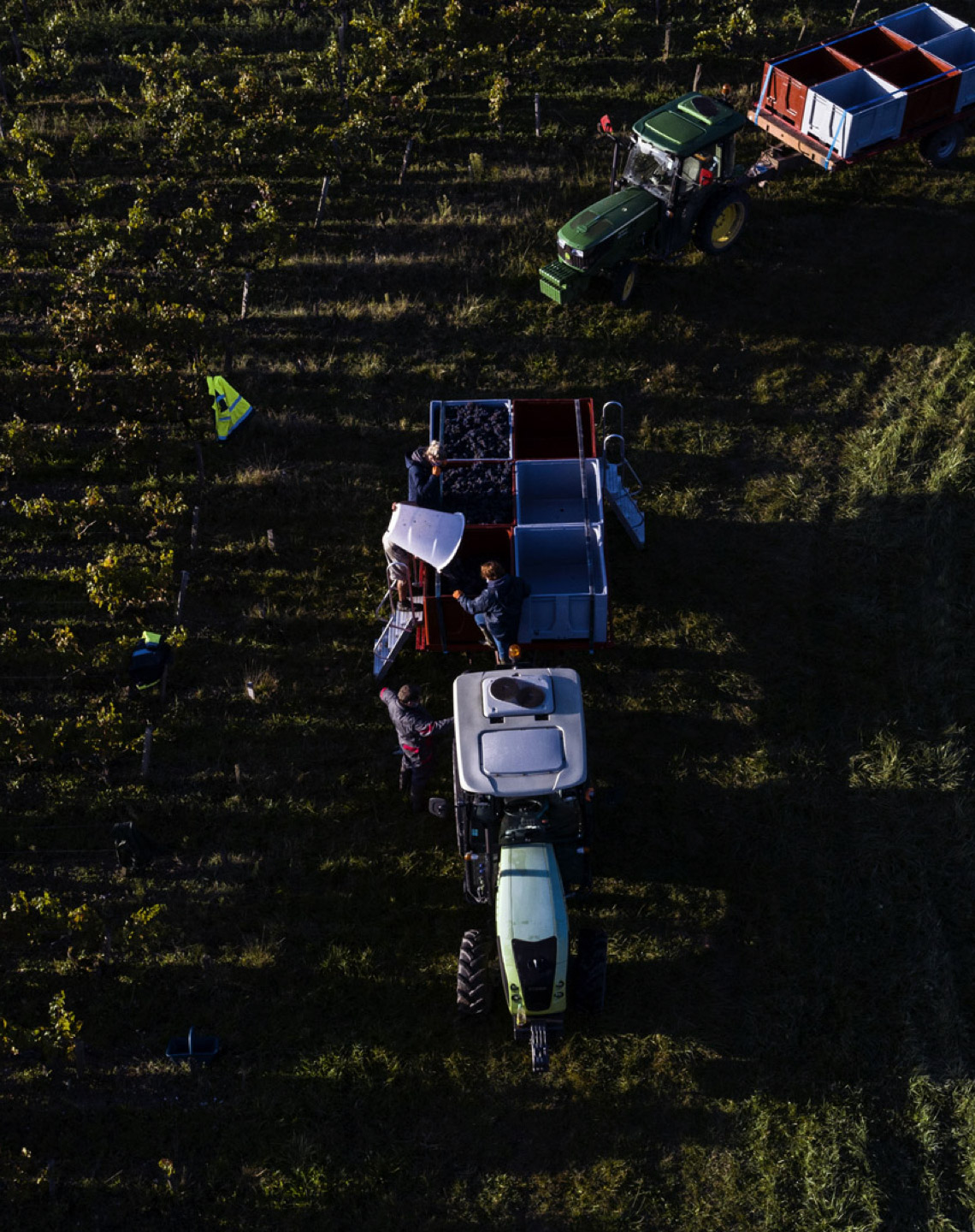
‘‘ As turbulent spring weather and summer droughts become increasingly common, it has become apparent that limestone clay terroirs fare better in these conditions. The Saint Estèphe appellation, which benefits from a variety of soils, is destined to develop, and will no doubt play a major role in the future of the Médoc Crus. ’’
